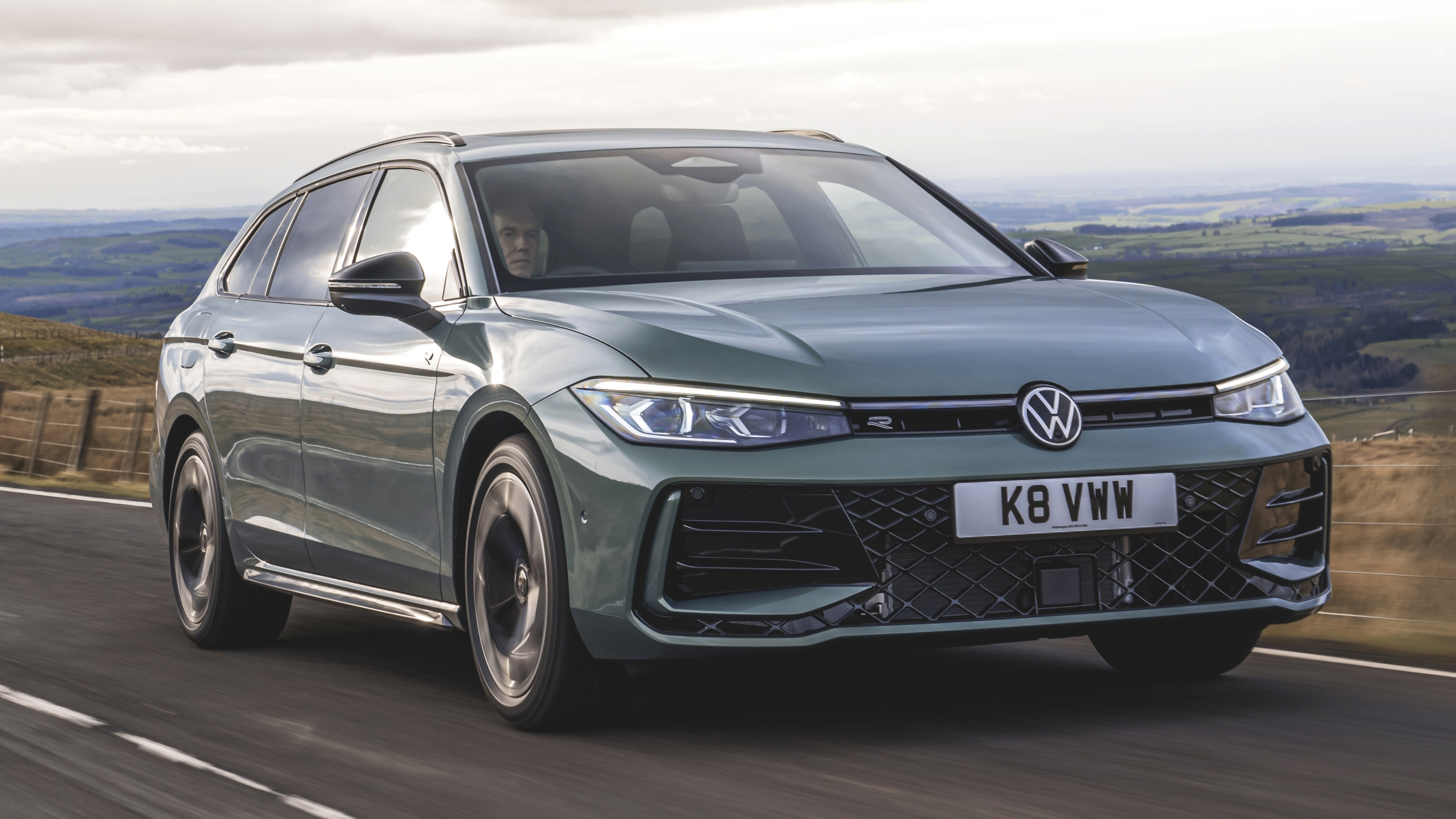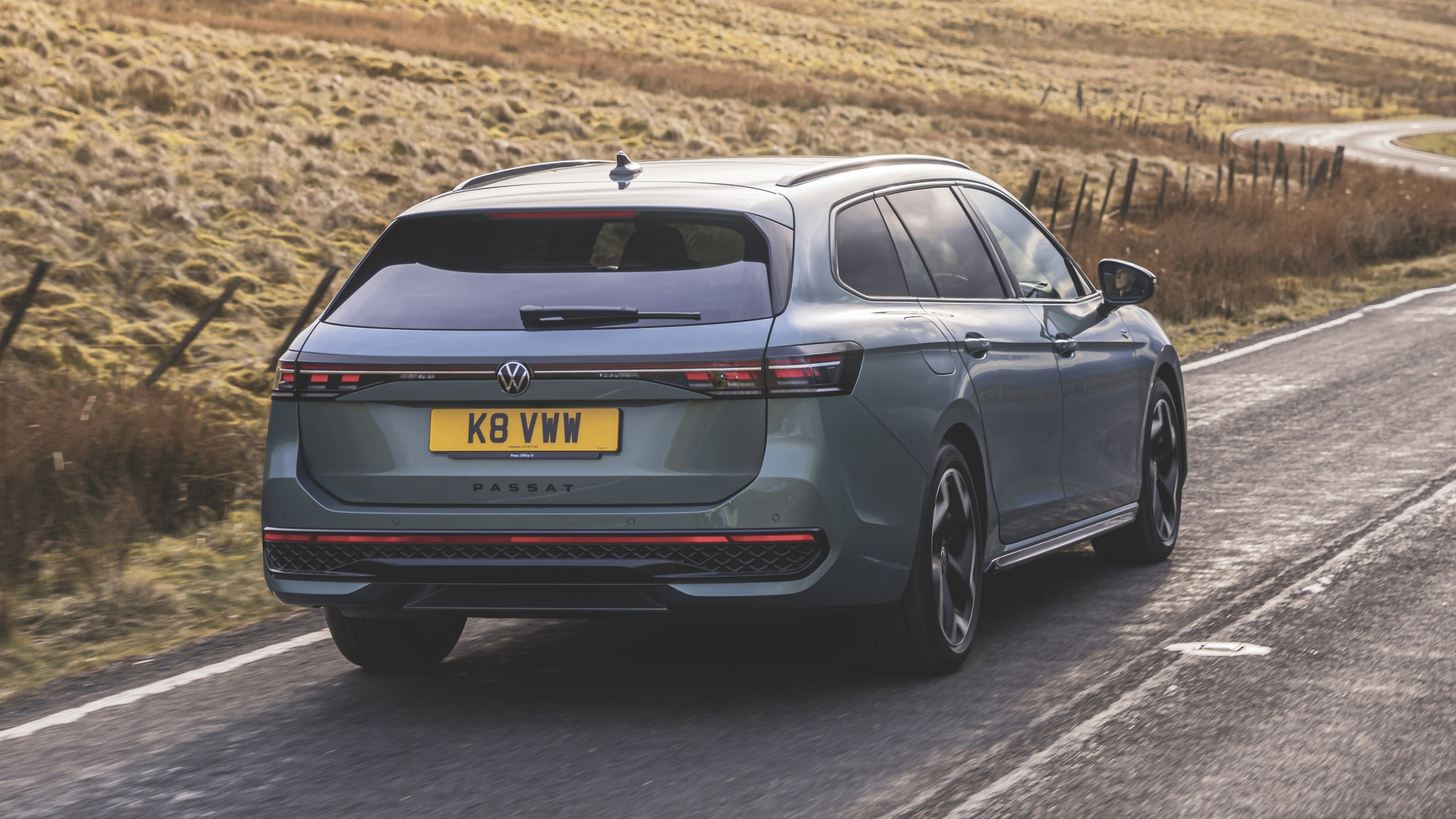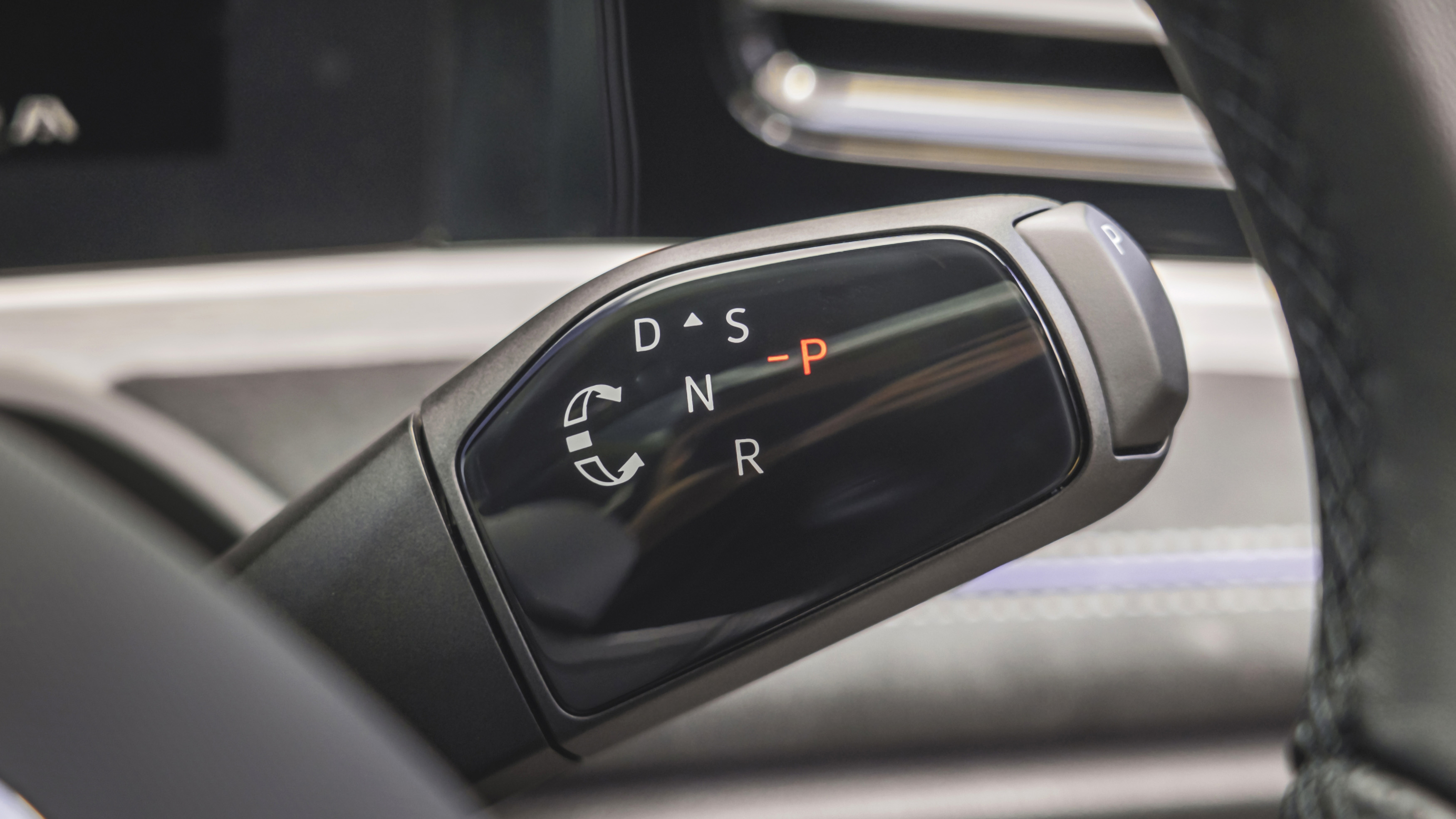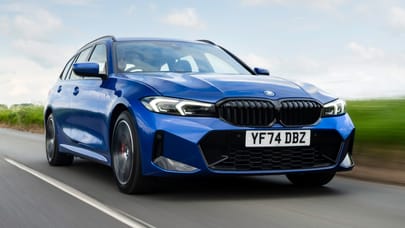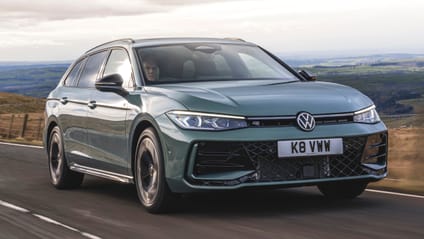
Good stuff
Admirably sensible, rides and handles better than an SUV (*cough* Tiguan *cough*), non-hybrid turbo a good powertrain
Bad stuff
Looks dull and arguably shares too much with Skoda, Superb's TSI more powerful still
Overview
What is it?
Welcome to the ninth generation Volkswagen Passat. How many cars make it to nine iterations and six decades (the Passat first launched in 1973), all the while swimming against an increasingly vigorous current? Certainly not the Ford Mondeo or Vauxhall Insignia, just two of the stalwarts of this medium-sized marketplace that have been swept cruelly aside as the stock of the SUV continues to rise. Both literally and figuratively.
Premium models like the BMW 3 Series and Mercedes C-Class continue to succeed, though, therefore this latest Passat aims to climb an increment or two further upmarket to make a sharper case for itself in a shifting sector.
It’s also buddied up with perhaps our favourite car of this ilk. The Skoda Superb was always reasonably related to a Passat, but the latest versions of each share not just a platform and a bunch of powertrains, but rather a lot of bodywork. Clearly it’s how to keep cars of this size sustainable – and it’s a credit to the designers of each that they’ve crafted some styling variance, at least. With identical doors and glasshouses and near-as-dammit the same dimensions, that can’t have been easy.
Though we’ll be the first to admit the Passat’s styling hasn’t yet won our hearts. The outgoing Mk8 was always quite a crisp and chiselled thing, subtly stylish and rather assertive in its rugged Alltrack specification. This one, well, isn’t, its edges much curvier and carrying less definition.
With a noble cause, though; a newly slippery 0.25Cd drag coefficient whips its predecessor’s 0.31 into shape and nudges the humble petrol-powered Passat towards EV territory. The primary aim here isn’t a gargantuan range figure but rather optimum hush and refinement inside – all the better for matching the increasingly premium class standard.
Petrol powered, you say? No electricity?
Pure electric power remains the sole reserve of ID. models – for now – but there’s still electrification here. British buyers get four different powertrains to choose from, three of them hybridised to some extent. A so-called ‘mild-hybrid’ kicks off the range, its 1.5-litre four-cylinder petrol engine getting a minor electrified boost for a smoother, more efficient stop/start procedure in traffic and the ability to coast completely in some conditions. Its 148bhp output has the potential to feel a bit meek in a 4.9m-long, 1.6-tonne estate and a 9.3-second dash to 62mph certainly sits at the more conservative end of the spectrum.
More power comes from two plug-in hybrid options above it, each using their own tune of 1.5-litre TSI allied to a matching 113bhp e-motor.
The first plug-in is a 201bhp eHybrid, with an 8.1s 0-62mph time and a significantly smaller boot than the mild-hybrid. Top of the tree is the 268bhp eHybrid that cuts the acceleration figure down to 7.1s. Both use a 19.7kWh (net) battery capable of DC fast charging (up to 40kW) and which can offer a WLTP figure of up to 78 miles of fully electric range – or an overall figure of 560 miles with petrol and electric combined. That slick aero profile scores another point.
No other options?
Yup, UK buyers now have access to a fourth engine variant: a 201bhp version of VW's venerable EA888 2.0-litre turbo, a version of which sits in the latest VW Golf GTI. It's shorn of electricity so is about as old-school as Volkswagen can get in the modern age: turbo four, front-wheel-drive, auto 'box, done.
Speaking of which, all cars use a DSG twin-clutch automatic transmission – seven speeds in the mild-hybrid and petrol-only, six speeds in the eHybrid – while crucially every single Passat is now an estate. Yep, even though its Skoda Superb twin offers a saloon-shaped hatchback, VW has opted to go wagon only.
Are there a million different trim options?
Only three: 'Life' kicks off the range and is only available with the lesser-powered hybrids, then comes 'Elegance', which gets all the hybridised powertrains, and finally there's the range-topping 'R-Line' which gets those three hybrids, but crucially that 2.0-litre turbo as well.
Give me the headline: should I care?
Yes. It's an accomplished, polished and premium-feeling car, and while the hybrids offer good efficiency and pace, the petrol-only R-Line car is a bit of a gem. It could have done with the GTI's full 261bhp like the one offered in this car's Superb sibling, but it still feels like a more natural fit. Not too coarse (which the hybrids can suffer from), good pace for a family car, and absolutely loaded to the gunwales with goodies.
How much will it cost me?
The Passat kicks off at £39,950 for the entry-level Life trim, about three grand more than the Skoda Superb estate. Then it's £43,045 for Elegance, and £44,295 for the R-Line car.
Our choice from the range

What's the verdict?
Volkswagen hasn’t had the simplest few years since the infamous ergonomic overhaul of its Mk8 Golf and electric ID. models. The Passat aims to restore peace, and while touchscreen operation still rules inside, it definitely offers improvement.
The car lacks character when it’s so clearly twinned with the Skoda Superb, but in the large and semi-luxurious estate car class there are few better cars to riff off. Thus we have a big, practical bus with massaging seats, mostly hushed refinement and a very solid feeling.
If you can live with the smaller 1.5 TSI of the numerous hybrid options then you’ll end up with a comfy car that steers smartly. The 2.0-litre non-hybrid petrol car would be our pick because it's simpler, smoother, offers good value, and is resplendent in its R-Line trim. There'll always be the nagging feeling you could have the same car with more power in its Superb twin, but if your heart's set on a Passat, you won't be disappointed.
The Rivals
Trending this week
- Car Review
Renault Clio
- Car Review
Hyundai Kona




